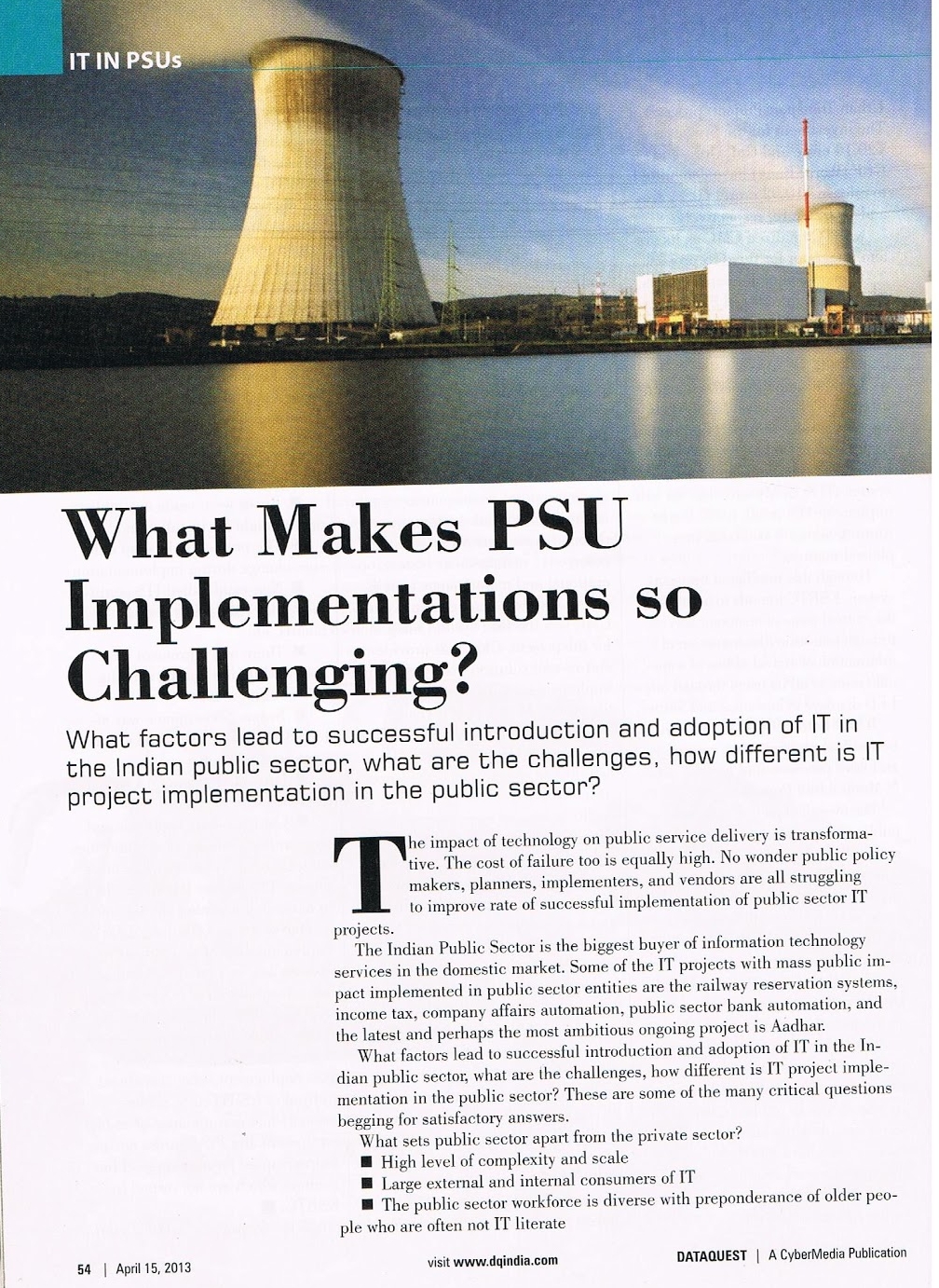The middle class conscience of the youth in Delhi was shaken by this brutal incident that was carpet covered by the media. Demonstrations by young educated Indians shook the political establishment from its stupor. The movement spread across the length and breadth of India and the government was forced to acknowledge the poor state of women safety in the country.
A reluctant and often misogynistic politician class’s hand was forced. They had sensed that the vote of the youth in India is slipping out of their hands. A new women’s protection law was enacted and passed in Parliament in record time. This law seeks to bring about seminal changes in the legal and administrative framework of the country. This was India’s noisy democracy at work.
In spite of this horrible crime and all round national revulsion, such crimes continue unabated leaving a trail of victims- children, girls young and old, urban and rural, rich and poor, Indian and foreign. In due time, more courts will get set up, maybe the hand of the indifferent and corrupt police machinery could also be forced and perpetrators against Nirbhaya’s will be brought to book a bit more definitively and maybe faster too.
There are, however, larger and more seminal questions on attitude of Indian society towards its women that need urgent answers.
What lies behind this display of intolerance towards women? Do all men or the majority of them view women as inferior partners? Is exploitation of women a phenomenon restricted to urban, poor and less educated sections of Indians or this a nationwide phenomenon? How has Indian society viewed its women over its long and chequered recorded history of over 4000 years? Is there hope for change and if yes, how soon will this change come? Perhaps some of these questions are relevant, maybe in varying degrees, to other parts of the world too.
It is widely accepted that India continues to be largely a patriarchal society where the male is the inheritor of property, head of the household, bread winner, decision maker and family arbitrator in nearly all major and minor decisions. This attitude is seen across society irrespective of status and sex. Women in many cases are surprisingly reported to be more, or at least as, misogynistic then men.
However to be fair, there do exist matriarchal communities in the North Eastern and Southern parts of the India where the roles are reversed. Their number is albeit quite small.
Historically and traditionally in India, Hindu women had played and even today continue to play a major role in religious and cultural aspects of life. Over the centuries the status of women has undergone ups and downs. But at the core lies respect for the mother, wife and daughter who spiritually speaking, continues to be regarded as Devi- the female incarnation of God. Hindus continue to worship Goddess Kali and Durga as embodiments of power, death and destruction; Saraswati as the Goddess of Learning and Laxmi the Goddess of wealth. In spite of this widespread and deep rooted religious belief men continue to regard women inferior.
Patriarchal communities in the Northern States of Haryana, Punjab, parts of Western Uttar Pradesh in particular and rest of India, barring the North Eastern states, regard women as inferior family members. Discrimination against girls and women starts at a very early stage- female infanticide is commonly practiced. Interaction between the two sexes is minimal, separate schools for boys and girls are more common than co-educational schools, dress code for girls in the name of Indian culture is imposed, male child takes precedence over girl child in education, food, clothes and all activities from birth to death.
Informal community groups of men composed of village elders settle disputes within people in the same village. (Local name for one of the most notorious of community groups in the state of Haryana is khaps). These khaps adjudicate in their kangaroo courts, are widely reported, to pass one sided misogynistic rulings against girls and women. They give social approval to sexual exploitation of girls, maltreatment of women by men, disapprove and declare null and void marriages within same social sub group etc. These khaps continue even today, despite their being declared unconstitutional and illegal.
This is because khaps form pressure groups and influence local voting patterns. Politicians drawn from such societies do not hesitate to provide covert support to the illegal diktats of such groups. The local law and order machinery, drawn from the same societal milieu, also views women in the same light as khaps.
Women daring to speak up against atrocities perpetrated against them find themselves ranged against their families, society and the machinery of the State. No wonder, even though, discrimination being as rampant as it is, according to government statistics in 2011 only 23,582 rapes were reported to be committed in the country. Given the depth of society discrimination against girls and women, these figures could just be a tip of the iceberg.

In this rather depressing state of affairs, there emerges hope. Information, education, opportunity, demographics favouring youth, urbanization, exposure to information, vocal media, telecom and internet, economic development, rising aspiration levels is supported by the power of universal suffrage. Sections of communities that include women, minorities, backward communities are increasingly feeling empowered and have started fighting for their dignity.
Increasingly larger numbers of women are speaking out and publically raising issues that hitherto were taboo like marital rape, freedom to choose their life partners, freedom to love, freedom to wear clothes of their choice, freedom to work at the place of their choice and freedom to travel unaccompanied. There are increasing demands on the state to perform its duties to provide effective security, maintain law and order and to reform the colonial governance system to make it more responsive to the citizen.
This demand is still largely restricted to the bigger cities but girls from smaller towns are also joining the chorus. There is happening a clash of cultures. Politicians who largely represent the older misogynistic traditions are finding themselves at odds with the young electorate. Those who will be unable or unwilling to keep pace with this demand for change will find themselves pushed out of power. A new set of leaders with more egalitarian ideas on governance will emerge.
Till such time that this change is thrust, via the ballot, by the governed on the governing class, women will need to take care of themselves, get whatever support they can get and continue their struggle for equality, freedom from being raped, exploited and discriminated against. Global citizen support to India’s Devi is required. Democracy and constitutional freedoms that hitherto existed only on paper are aiding this change. This is democracy at work.




 Nirbhaya along with her friend got into a local bus that would take them home in an up market part of South Delhi on that fateful evening of December 16th2012 when five occupants in the bus violated, tortured the girl, beat up her companion and threw them out on the street to let them die. Nirbhaya passed away fighting her injuries in a Singapore hospital.
Nirbhaya along with her friend got into a local bus that would take them home in an up market part of South Delhi on that fateful evening of December 16th2012 when five occupants in the bus violated, tortured the girl, beat up her companion and threw them out on the street to let them die. Nirbhaya passed away fighting her injuries in a Singapore hospital.

